By David Himbara
The calamity that befell Rwandan communities since 1994 is partially known. This is because most writings and discussions focus on either Tutsi or Hutu, while ignoring the fate of the Batwa – Rwanda’s third ethnic group. Yet, the Batwa community is in serious danger of extermination. The term “cultural genocide” which describes “deliberate destruction of the cultural heritage of a people” is applicable to the Rwandan Batwa.
On the calamity on Tutsi in 1994, we can quote the RPF directly on how this commnity was recklessly sacrificed. Here is how the RPF, on April 28, 1994, rejected the U.N.’s intervention force to stop genocide, 22 days after it had started:
“The Rwandese Patriot Front hereby declare that it is categorically opposed to the proposed U.N. intervention force and will under no circumstances cooperate in its setting up or operation…In view of the foregoing the Rwandese Patriotic Front: a) Calls upon the U.N. Security Council not to authorise the deployment of the proposed force as U.N. intervention at this stage can no longer serve any useful purpose as far as stopping genocide is concerned.”
After the RPF rejected the U.N. intervention force on April 28, it took three more months – May, June, and July – to end the Rwandan genocide. In other words, most of the killings took place after the RPF blocked the United Nations’ intervention force. One can only imagine how many lives would have been saved in May, June, and July.
In the case of Hutu, the largest calamity was undoubtedly what happened in the Democratic Republic of Congo (DRC), to where millions had fled after genocide in 1994. The U.N. Mapping Report made the following conclusion in regards to what befell these Rwandans in DRC:
“Several incidents listed in this report, if investigated and judicially proven, point to circumstances and facts from which a court could infer the intention to destroy the Hutu ethnic group in the DRC in part, if these were established beyond all reasonable doubt…The scale of the crimes and the large number of victims, [was] probably several tens of thousands…Thus the apparent systematic and widespread attacks described in this report reveal a number of inculpatory elements that, if proven before a competent court, could be characterized as crimes of genocide.”
We of course know the U.N. shelved the Mapping Report after President Paul Kagame threatened to withdraw his soldiers from U.N. peacekeeping missions.
But what about the Batwa, whose population has dwindled to as low as 25,000 due extreme poverty, disease and cultural genocide?
The Batwa were simply forced out of their ancestral forests and abandoned to fend for themselves. With loss of their sources of livelihood, the Batwa literally plunged into destitution through the 1970s and 2000s. Here is how a 2011 U.N. report described the Batwa situation:
“They currently live in conditions of great hardship and poverty on the margins of mainstream society. As a population group, they have extremely low levels of education and health care, live in dwellings that offer no protection from harsh climatic conditions and they are virtually absent from the public life of the country. They were removed from their ancestral forests without consent or compensation, face widespread discrimination, particularly in employment, and have no viable means of livelihood. While the Government has instituted assistance programmes, those programmes have failed to be effective for the Batwa as a whole.”
The Kagame regime worsened the conditions of Batwa in two ways. First, the “Bye Bye Nyakatsi” program which required demolition of thatched roofed homes was a disaster. As the noted U.N. report concluded, Batwa’s nyakatsi homes…
“were demolished before any replacement houses or appropriate assistance has been provided. While the programme is not solely for the Batwa, the Batwa may be disproportionately affected, since they commonly live in rudimentary thatched shelters, exist in conditions of disadvantage and vulnerability and are poorly equipped to respond to difficulties created by the premature dismantling of their homes.”
The second way that the Kagame regime worsened the condition of the Batwa was via agricultural policies which blocked their access to clay. Clay is the main raw material for pottery – which is an important source of income and an essential part of Batwa cultural identity. With agricultural intensification that led to the clearing of the marshlands in the late 2000s, the Batwa’s access to clay ended.
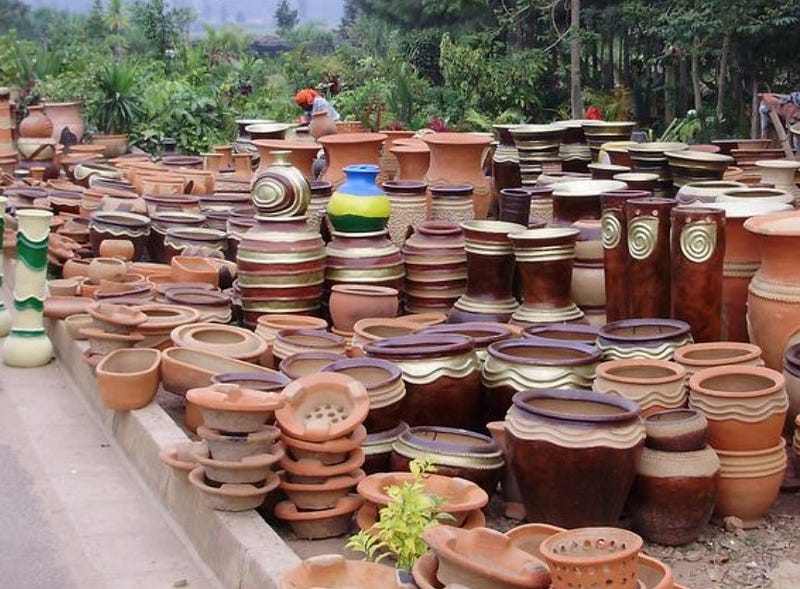
More Batwa plunged into extreme poverty with begging and charity remaining the only means of survival.
The Kagame regime failed to implement the 2011 U.N. recommendation to save the Batwa that reads as follows:
“Batwa families should be allocated land sufficient for them to engage in agriculture or livestock farming and should receive the necessary training. Targeted poverty alleviation programmes should be developed with vocational training specifically targeted to their particular needs as a population group transitioning from a hunter-gathering livelihood and assistance to find employment.”
In my 2006–January 2010 residence in Rwanda, I worked closely with the Batwa community in Kigali. They are hardworking people and very passionate at what they do, especially pottery. The biggest project they did when we worked together was making large decorative pots for the Union Trade Centre (UTC). UTC’s owner, Tribert Rujugiro Ayabatwa, was impressed by my friends’ products. Those were happy times indeed. Times are different. The Kagame regime later seized UTC; and my Batwa friends lost access to clay.
Circumstances in Rwanda, including the situation facing the Batwa community can only get better – and they will. No society is doomed to remain hopelessness forever.
Perhaps the silver lining of the Rwandan history since 1994 is that Kagame’s tenure represents “repression for all”. He has spared no ethnic group in Rwanda. If this repression for all does not unite Rwandans across the ethnic divide, I cannot imagine what else will.




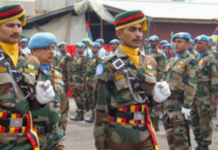









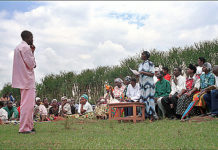







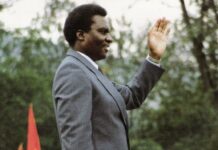
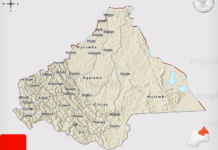
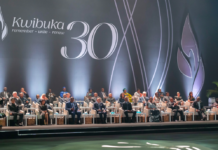


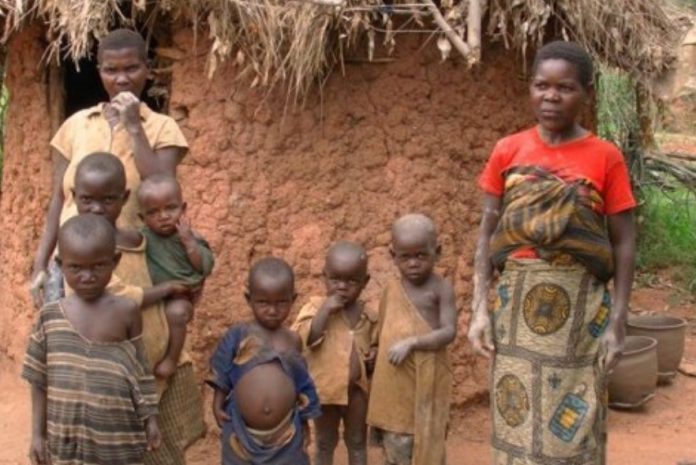





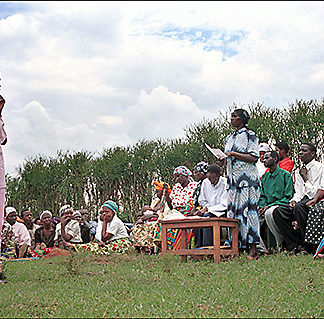
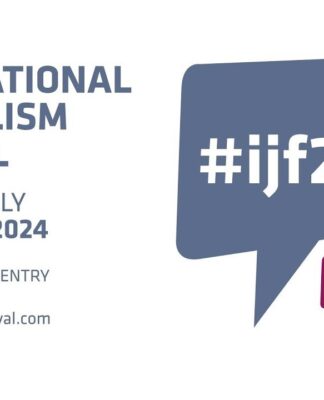




























Congratulations David Himbara!
Indeed it is worth fighting for the well-being of the people as a whole. It is a despicable shame to leave behind some of all our brothers.
Uravuga ukuli.Iyo FPR yemera ko ONU itabara,wenda nibura 3/4 byabapfuye bali kuorokoka. Ejo kandi bati twahagaritse genocide? kanaka ni intwali!. Intwali nyayo,ni ikiza abantu,ntabwo ali ibamalira kwicumu. Izo mpfubyi nizo kandi basaba kujya gutora?